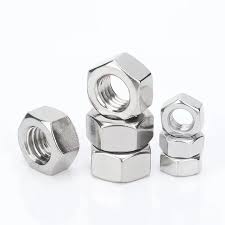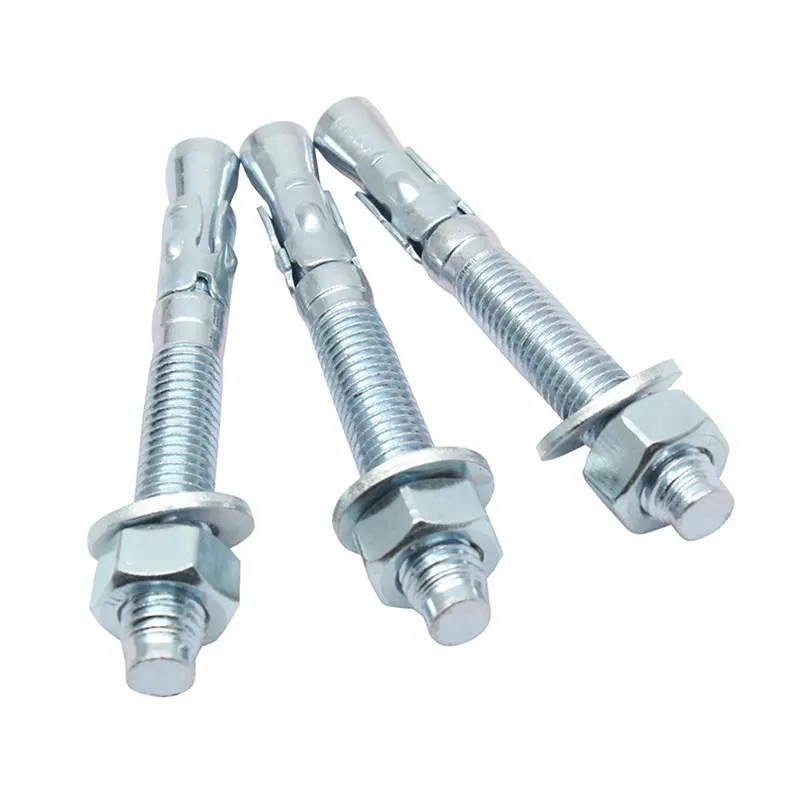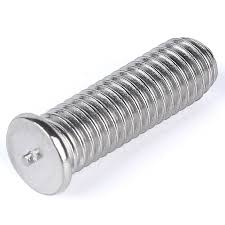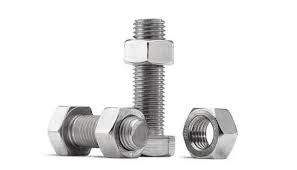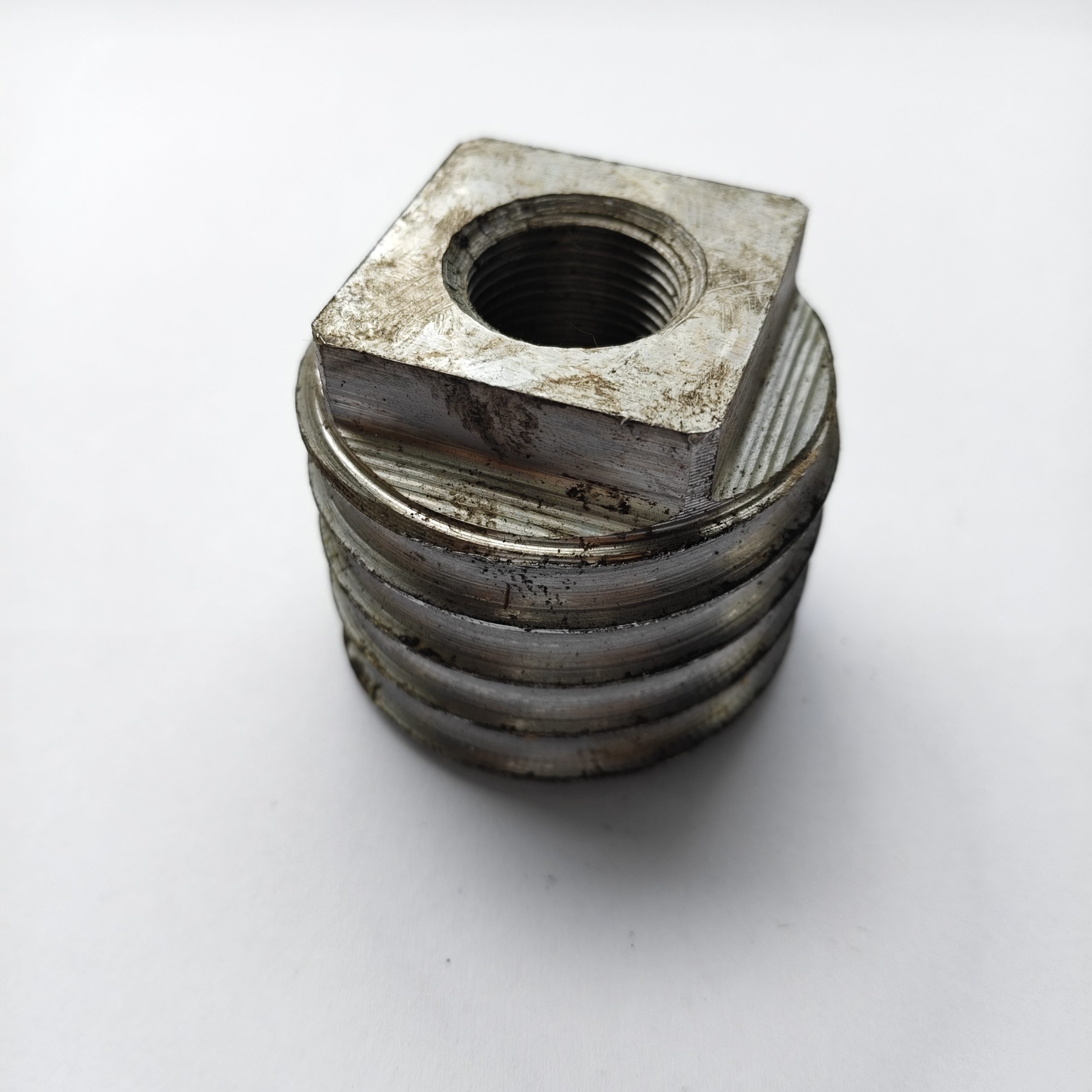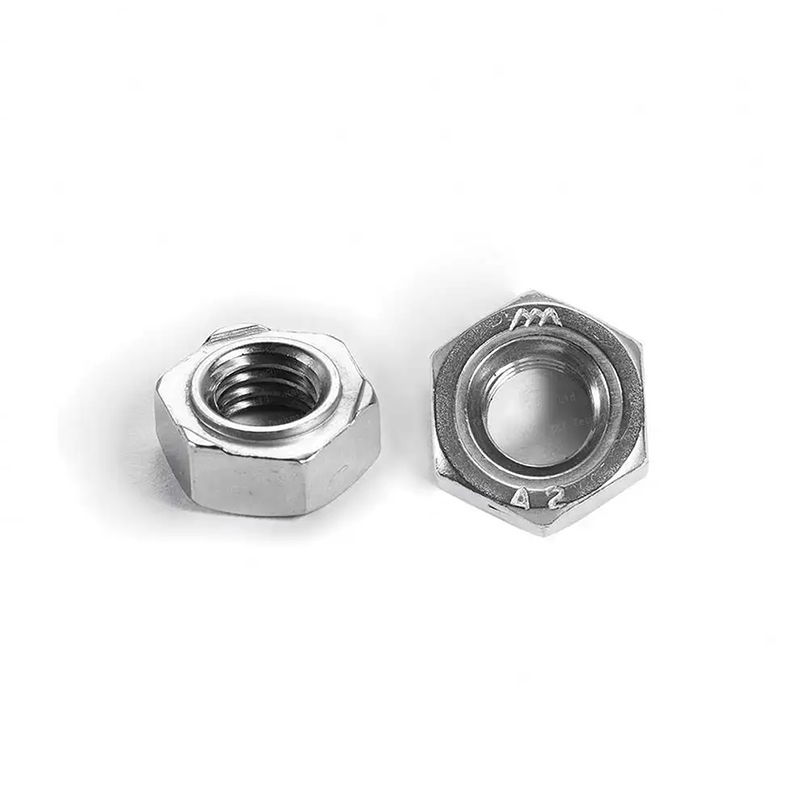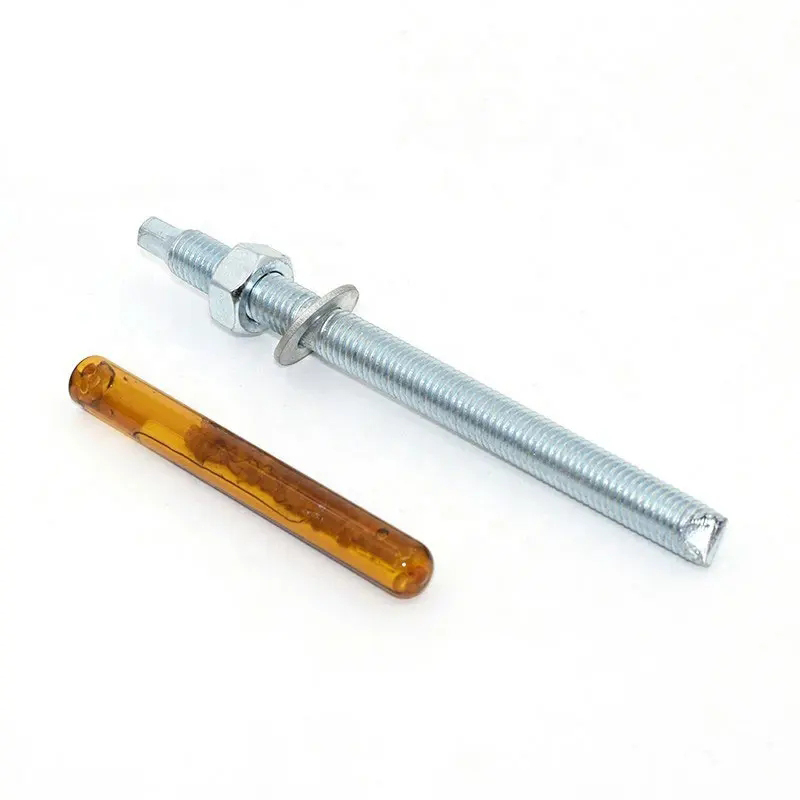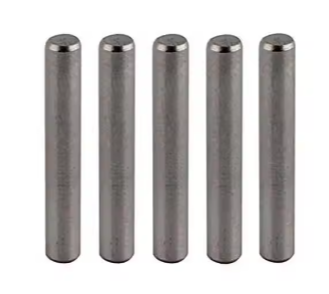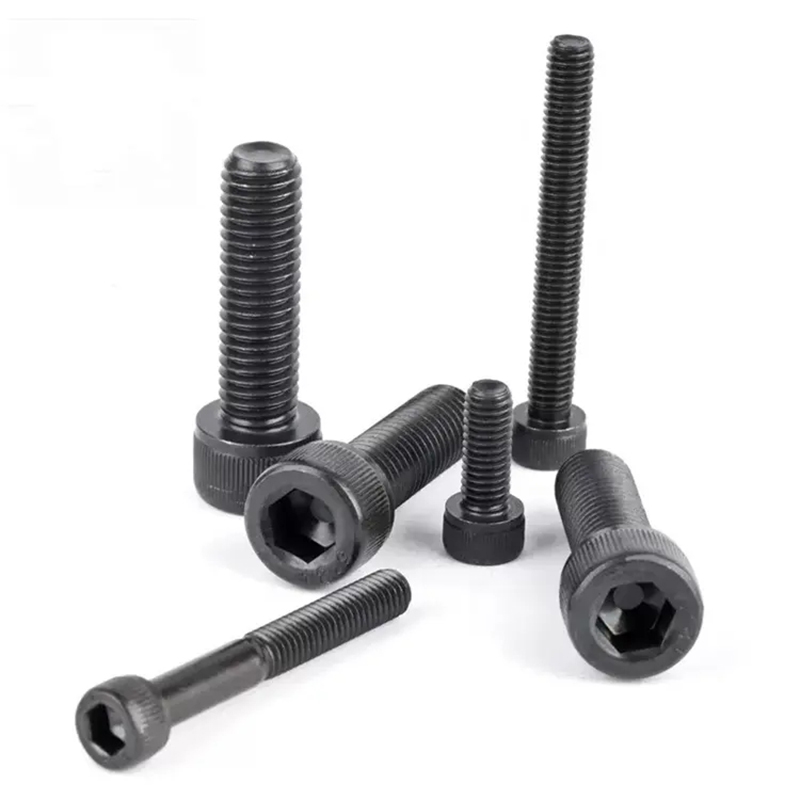

This guide provides a detailed explanation of DIN 931 and ISO 4014 hexagon head bolts, covering their specifications, differences, applications, and selection criteria. Learn how to choose the right bolt for your specific needs and ensure the structural integrity of your projects. We'll explore the key characteristics and differences between these widely used fastener standards, providing practical insights for engineers, manufacturers, and anyone working with these crucial components.
DIN 931 defines the specifications for hexagon head bolts, a common type of fastener used in various applications. These bolts are characterized by their hexagonal head, providing a larger surface area for wrench engagement. The standard specifies dimensions including the nominal diameter, thread pitch, head height, and wrench size. The material used for China DIN 931 ISO 4014 bolts is crucial for performance and is typically specified separately. Common materials include carbon steel, stainless steel, and alloy steel. Accurate measurements are essential for proper fit and function.
DIN 931 bolts find widespread use across many industries, including automotive, construction, machinery, and general engineering. They're typically used in applications requiring high tensile strength and reliability. The specific application will dictate the required material grade and surface treatment (such as galvanization or other coatings) to ensure corrosion resistance and durability. Understanding the load capacity of the specific bolt grade is critical for structural integrity.
ISO 4014 is an international standard that largely overlaps with DIN 931. Both standards define hexagon head bolts, and there is significant dimensional similarity. However, minor differences may exist in tolerance specifications or specific material requirements. It’s essential to check the exact specifications for each standard to ensure compatibility. When sourcing China DIN 931 ISO 4014 bolts, understanding these subtle differences is critical for selecting the right product.
The global acceptance of ISO 4014 makes it a preferred standard for international projects and collaborations. The widespread recognition minimizes confusion and ensures consistency in component selection across different regions and manufacturing facilities. Compliance with ISO 4014 often contributes to ease of procurement and reduces the complexity of supply chain management.
The choice between DIN 931 and ISO 4014 often depends on project requirements, regional standards, and supplier availability. If working on a project with internationally sourced components, ISO 4014 might be the preferred choice for standardization. For projects adhering to German national standards, DIN 931 would be more appropriate. Careful consideration of these factors is essential for ensuring compatibility and project success.
The material grade is a critical factor determining the bolt's strength, corrosion resistance, and overall performance. Common materials include various grades of carbon steel, stainless steel, and alloy steel, each with its own strengths and limitations. The chosen material will directly impact the bolt's suitability for its intended application. Choosing the wrong material can have serious consequences.
Finding a reputable supplier is crucial for obtaining high-quality China DIN 931 ISO 4014 bolts. Look for suppliers with proven track records, ISO certifications, and a commitment to quality control. Thorough inspection of the bolts before use is recommended to ensure they meet the required specifications. For high-quality fasteners, consider exploring reputable suppliers like Hebei Dewell Metal Products Co., LTD, a leading provider of fasteners.
| Feature | DIN 931 | ISO 4014 |
|---|---|---|
| Origin | Germany | International |
| Global Recognition | Primarily in Europe | Worldwide |
Remember to always consult the relevant standards documents for precise specifications and tolerances before selecting and using China DIN 931 ISO 4014 bolts. The correct selection and installation of these fasteners are vital for ensuring the safety and functionality of your projects.

